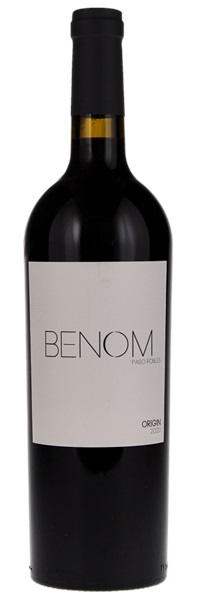
Image above is an example. To view the image of the lot, click the item number.
Estimate
...scented of blackcurrants, menthol, dried herbs, cigar box, cedar and touches of lavender...medium-bodied palate is grainy and refreshing with earthy character and a long, mineral-driven finish.
...darkly floral and intense, with a burst of crushed black raspberries accentuated by dark chocolate and licorice... Tactile mineral tones balance the depths of ripe wild berry fruits as violet-inner florals cascade throughout...finishes with dramatic length, yet only lightly structured, leaving a tart tinge of blueberry skins to linger.
Quite an expressive, fruity nose showing cassis, dusted cherries, spices and some black olives. Flavorful, ample and full-bodied on the palate but not heavy at all. Tannins are silky and polished, extending to a very long finish.
Bright black fruits, cassis, spicy wood, and tobacco notes...medium to full-bodied, nicely balanced, pure, elegant red that's based on 100% Cabernet Sauvignon from the Parrish and Gateway vineyards in Paso Robles.